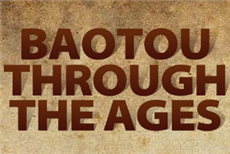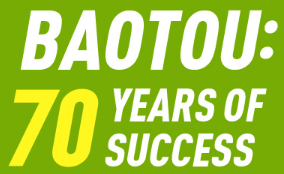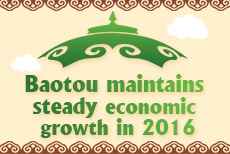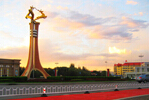Lipsticks with a rainbow of rare earths
Lipsticks you would love to taste will be rolled out by a Baotou-based company in the Inner Mongolia autonomous region.
Zhongke Century Technology Co Ltd plans to start manufacturing cosmetic products that are made from nontoxic colorant from rare earth materials.
The company, which has an initial staff of 20, expects to start producing the lipsticks by the end of this year.
Plans are underway to spend 1 billion yuan ($14.5 million) to build two production lines expected to produce a combined 10 billion yuan annually.
"There will be a large, potential market for products such as rare earths lipstick," said Geng Biao, general manager of Zhongke Century Technology.
Still, the research and development work has been done at the Baotou Rare Earth R&D Center, which is part of the Chinese Academy of Sciences.
"This is the world's first lipstick that is dyed by coloring agent made from rare earths, which contains no toxic elements," said Wang Ming, a master at the center.
Developed at the start of the year, the cosmetic is even edible. The nontoxic colorant is red cerium sulphide, produced by making rare-earth sulfide synthetics in a tunnel kiln.
The first batch of red cerium sulphide was produced in November by the center and the aim is to turn out 10 metric tons of colorants annually.
"The coloring agent we produce is totally environmentally friendly," said Chi Jianyi, director of the center.
Colorants are produced from rare earths and sulfides under mild conditions, without using hydrogen sulfides and other toxic materials.
The production, based on technology, is simple and practical with a high yield.
"When applied, the colorants look perfect and are stable," Chi said. "They are not easily affected by heat and light."
They are also free of heavy metal elements and toxic gases at high temperatures.
Zhang Hongjie, a member of the Chinese Academy of Sciences, invented the colorant. "Due to its perfect coloring and nontoxic properties, it can replace most existing dyes in the market," Zhang told China Daily earlier this year.





 Baotou, China
Baotou, China